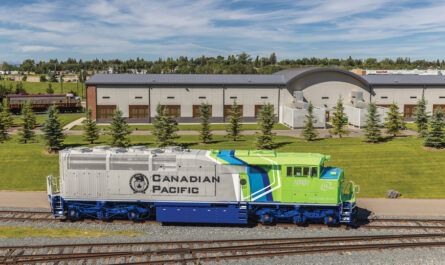Aviation’s shift to sustainable fuels will depend on a diverse combination of strategies demanding major investment — including backing by insurance.
Part 1 of this three-part series on insuring the energy transition in the freight transportation industry examined the logistical and regulatory hurdles ahead, and what the insurance industry can do to mitigate its risks and facilitate much-needed collaboration. Part 2, which explores the risks and benefits of publicizing a formal ESG platform, can be read here. Part 3 continues below.
Climate change is an urgent issue that demands immediate systemic change — but systemic change isn’t the kind of thing that should be rushed.
It requires caution, consideration and, ultimately, time.
In committing to reduce its emissions linked to climate change, the aviation industry is caught between the two horns of this dilemma.
In October 2021, the International Air Transport Association (IATA) — the trade association that represents and maintains the operational safety of about 320 of the world’s commercial airlines — pledged to achieve net zero by 2050.
It’s an admirable goal, but one that will require disruption of the entire aviation industry. It will require cooperation between not just airlines and manufacturers but also regulators, insurers and consumers.
Reaching net zero will also require significant investment. And, dauntingly, it’s still not entirely clear if the goal is achievable — or how.
But whatever the approach, airlines and aircraft manufacturers will look to insurers to help them meet the challenge.



